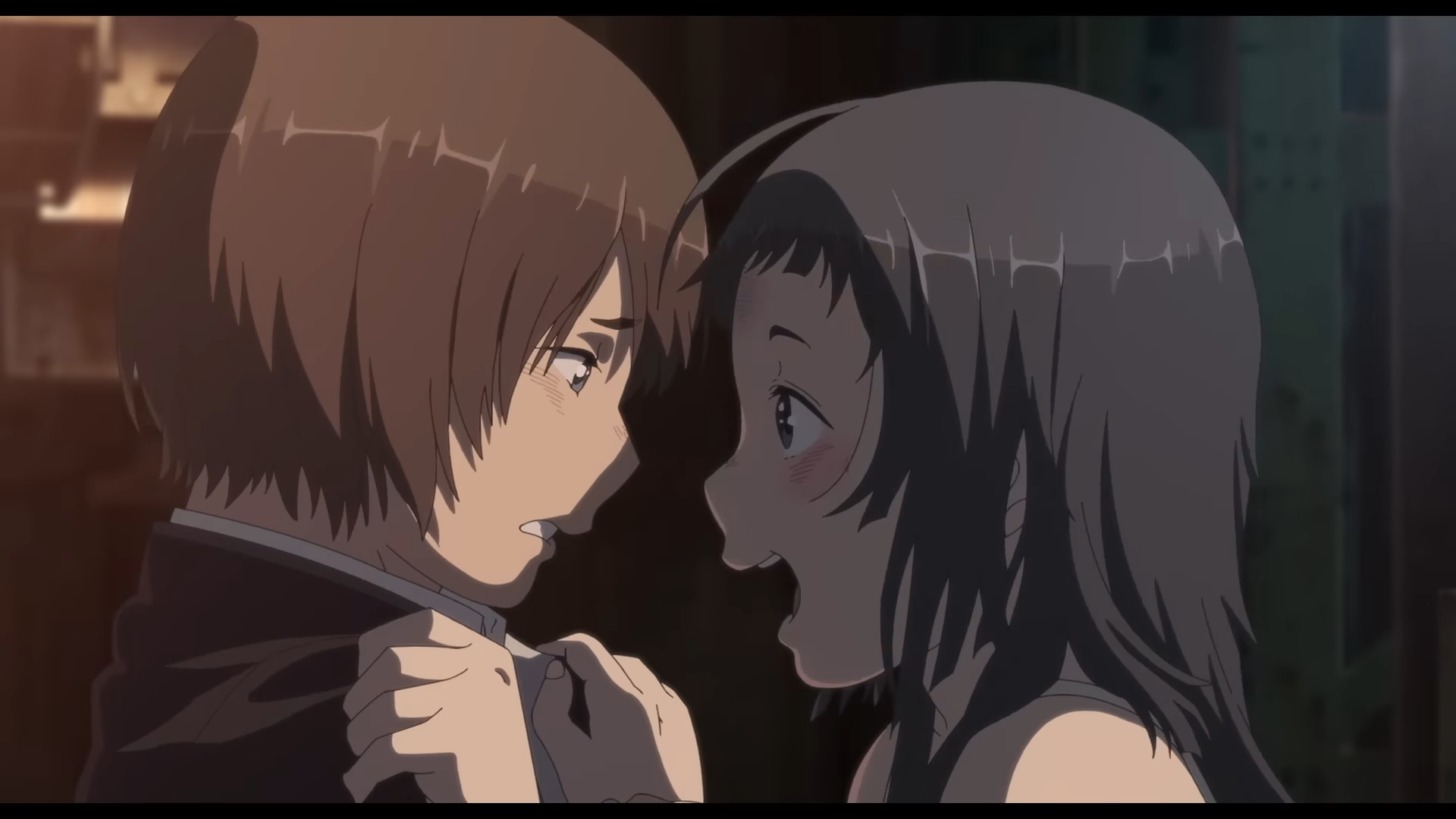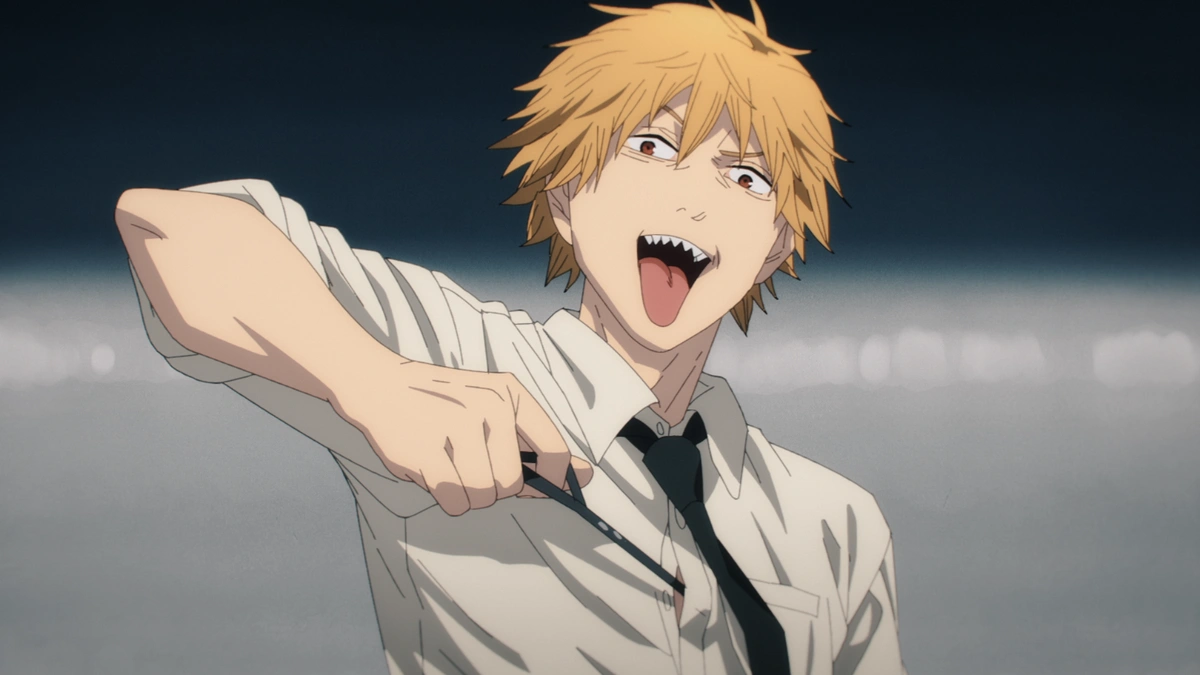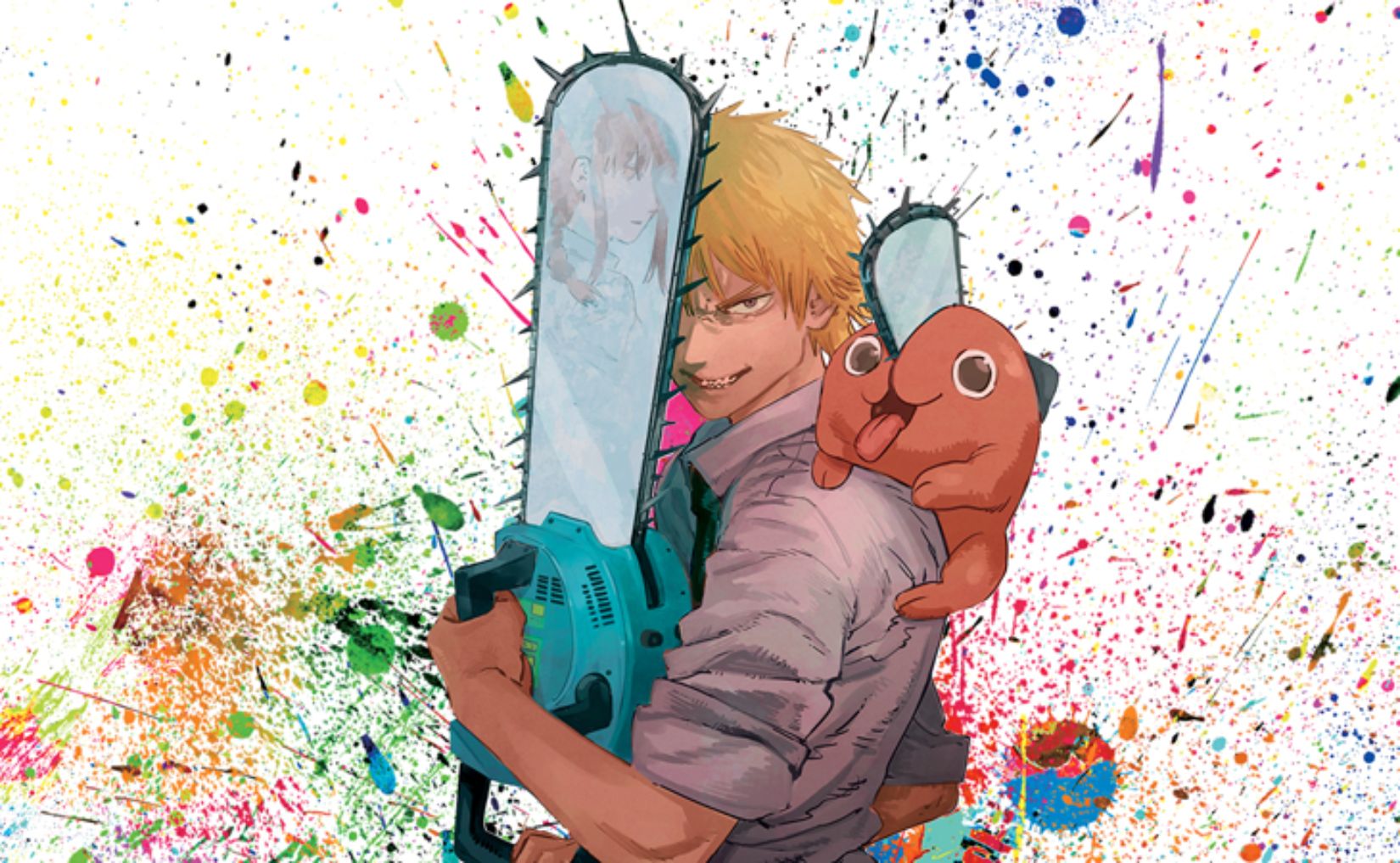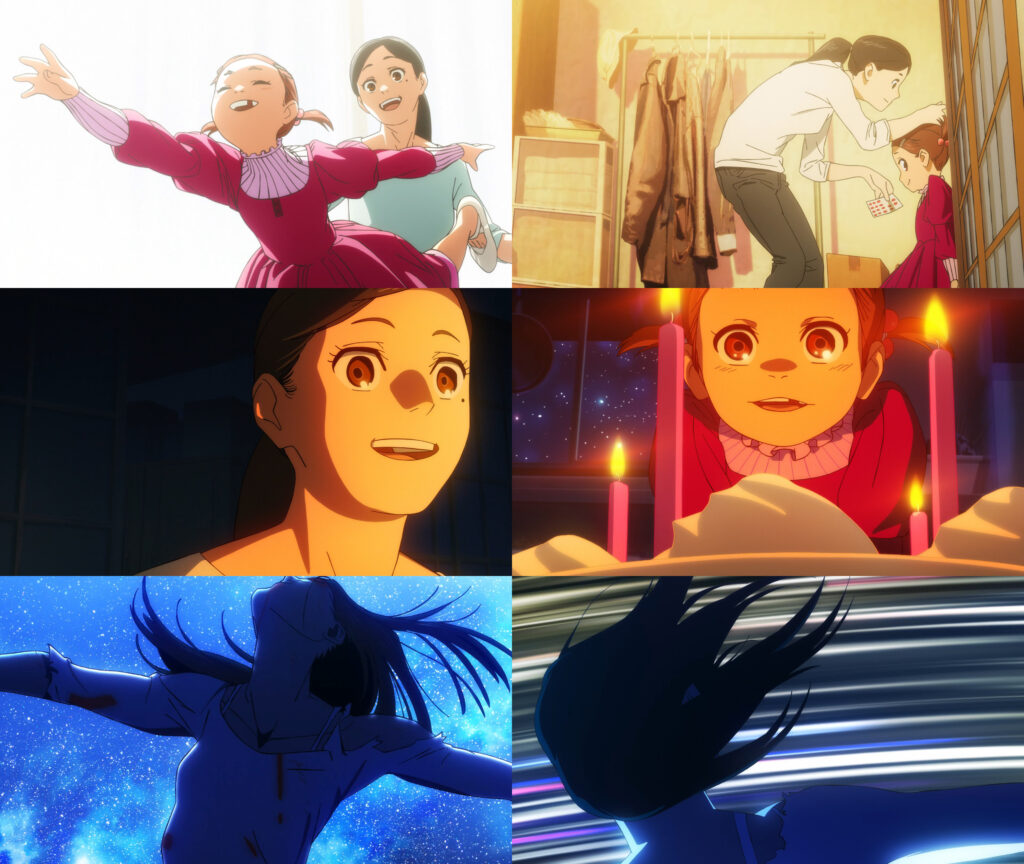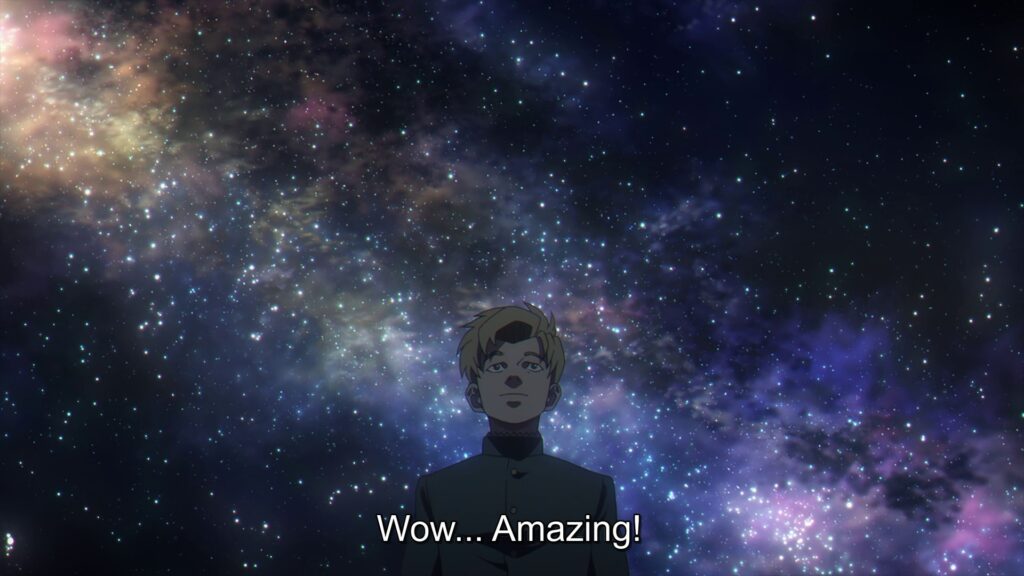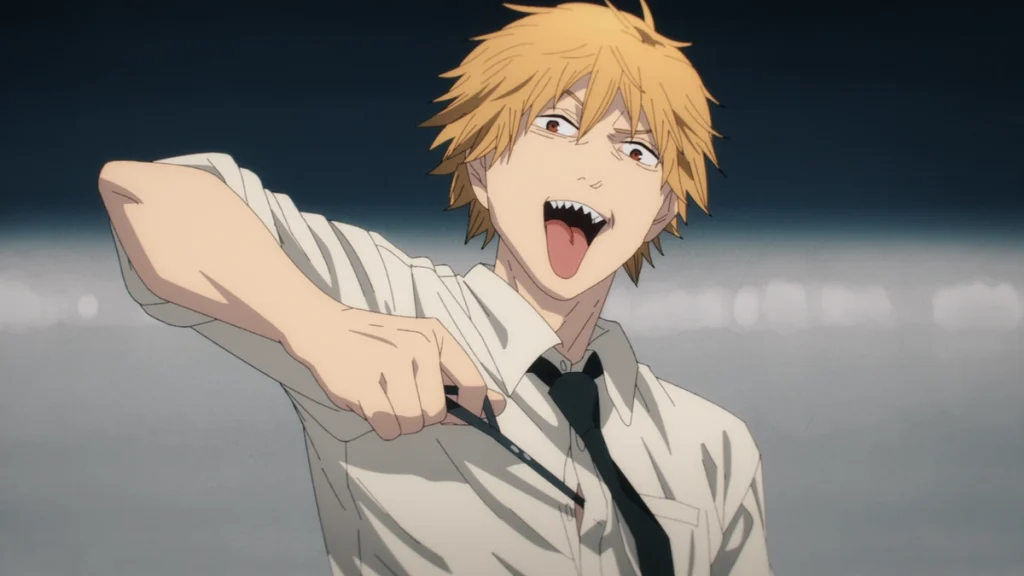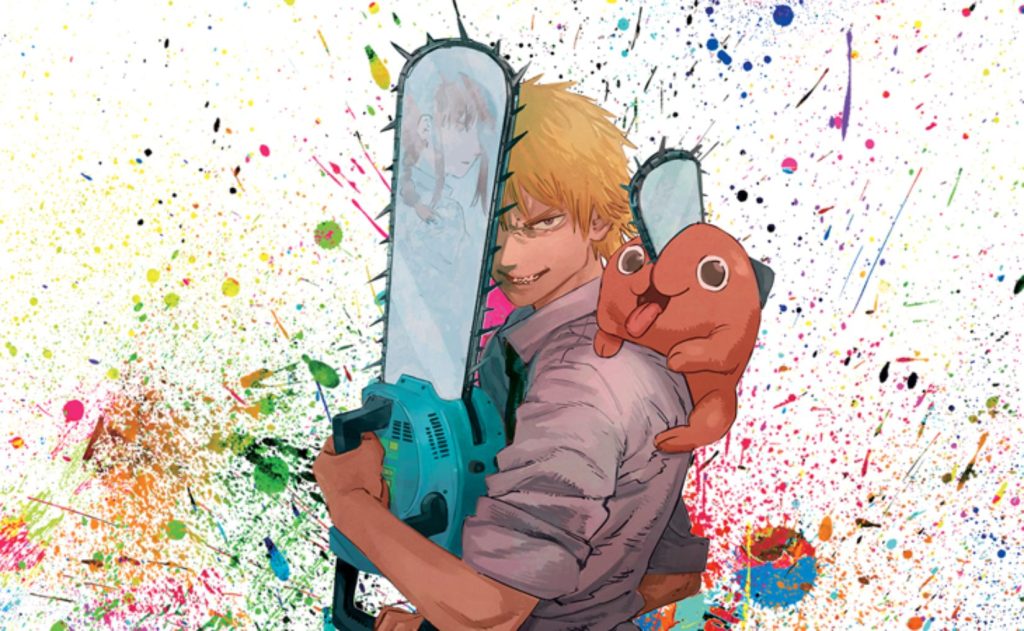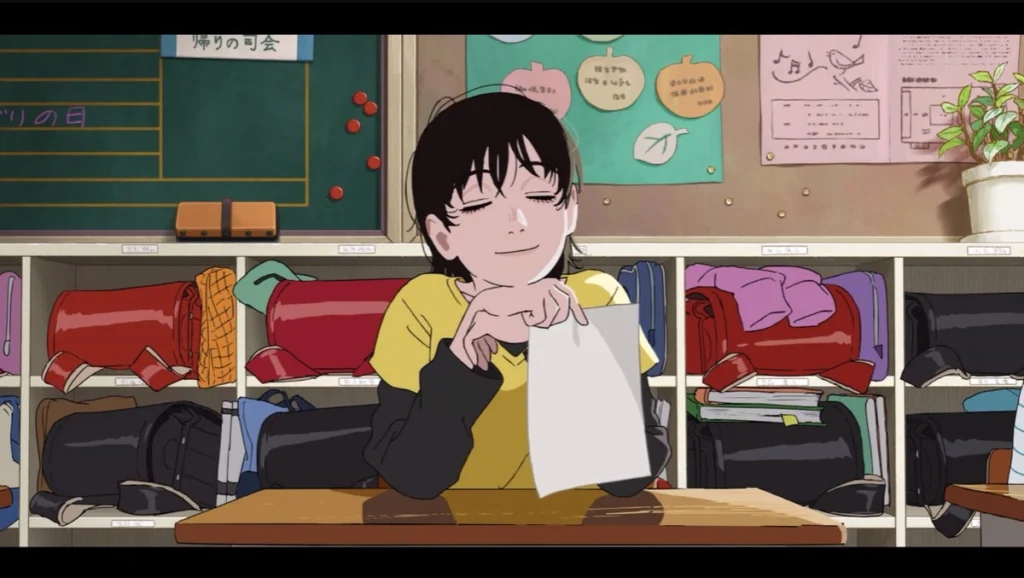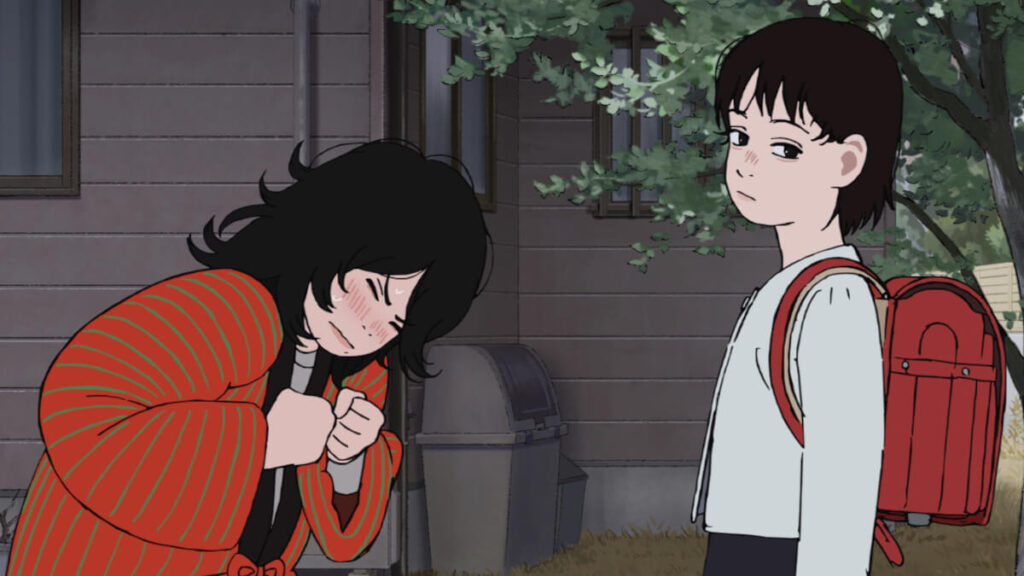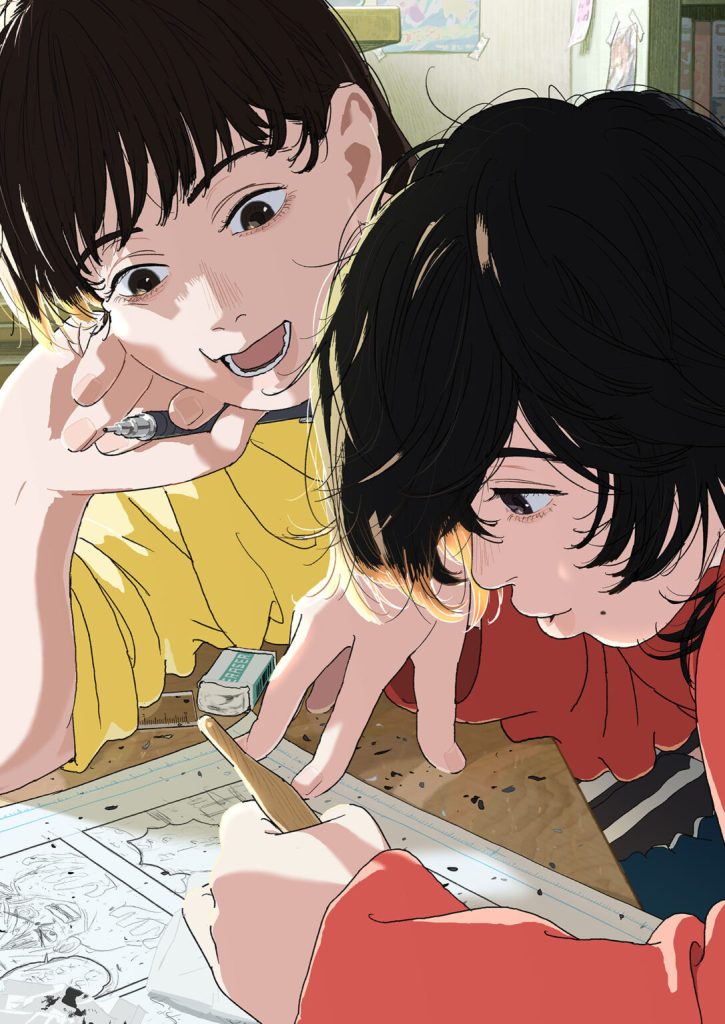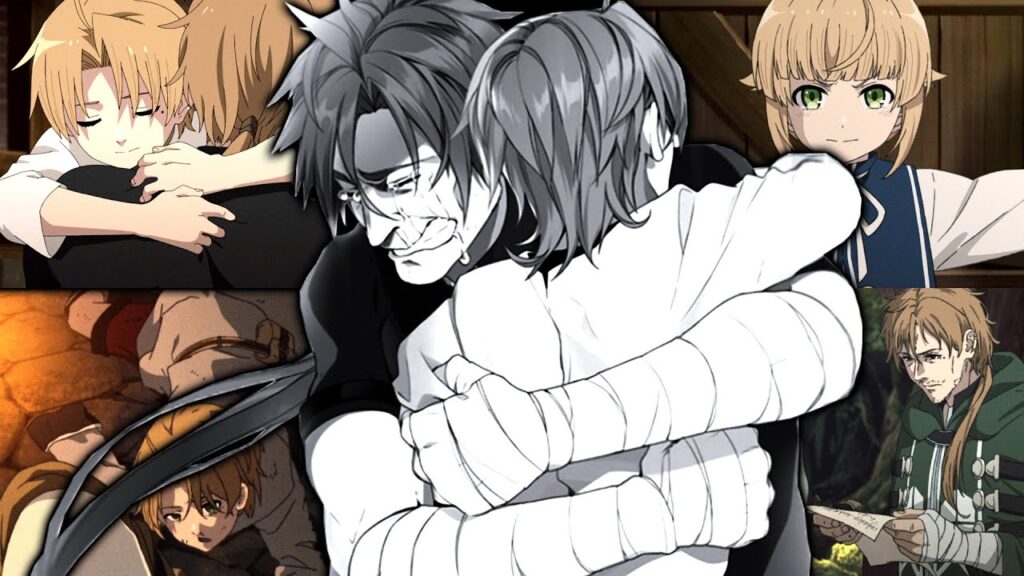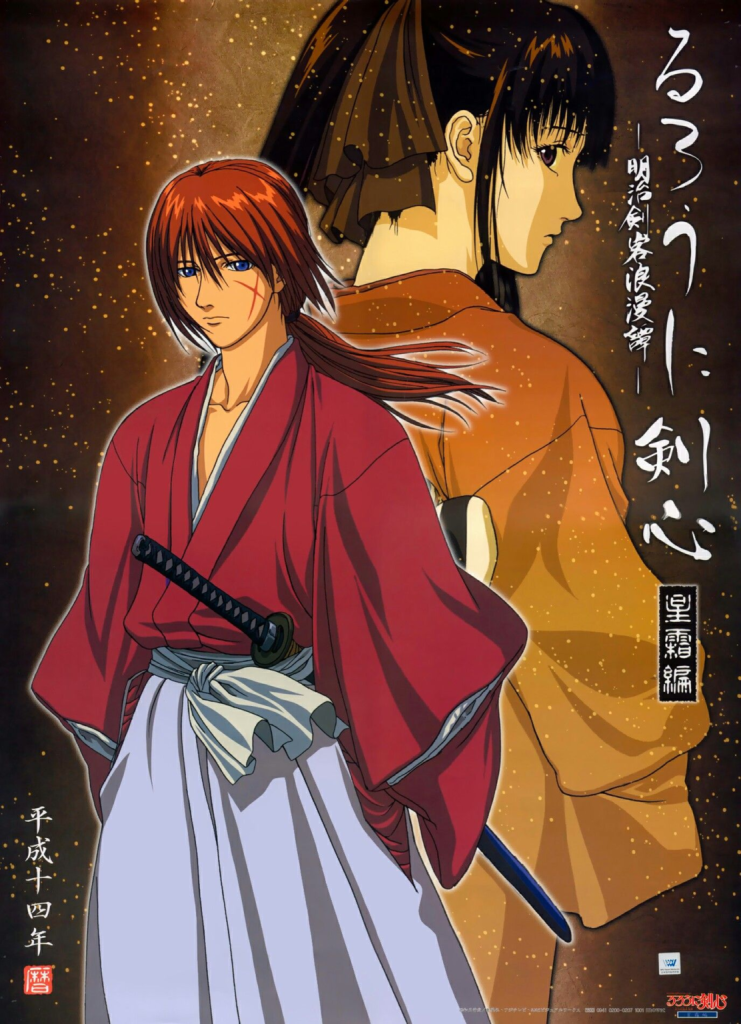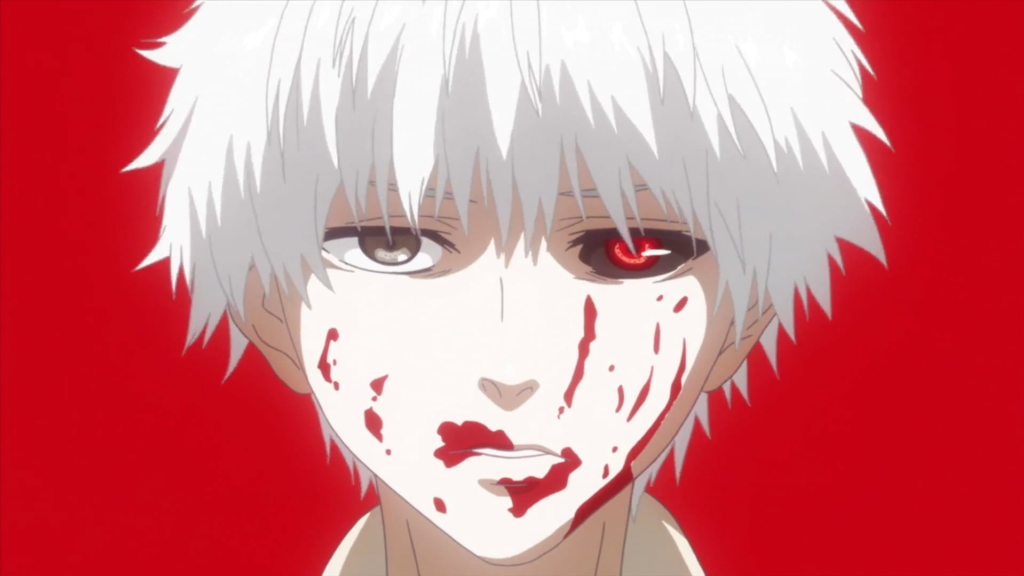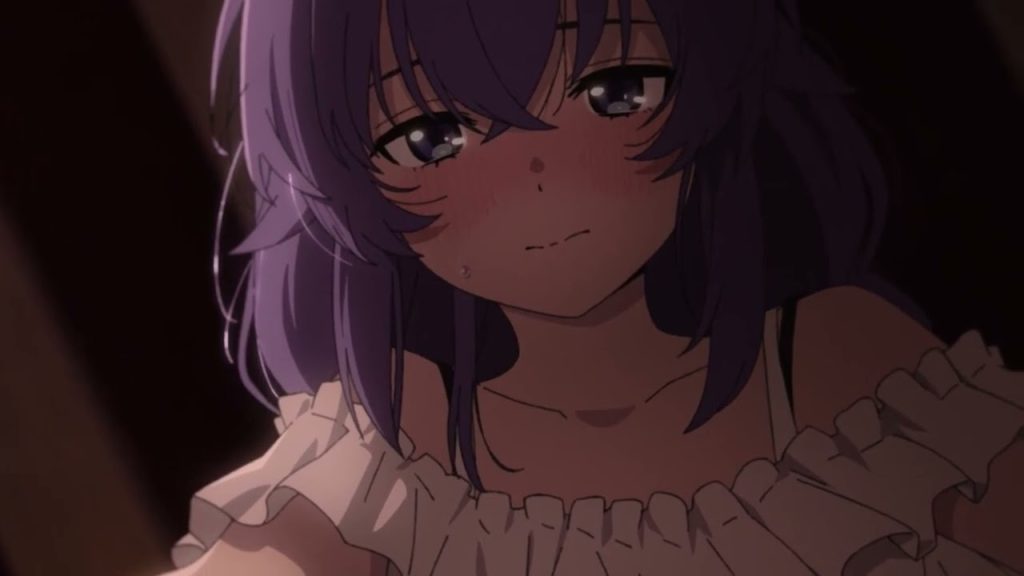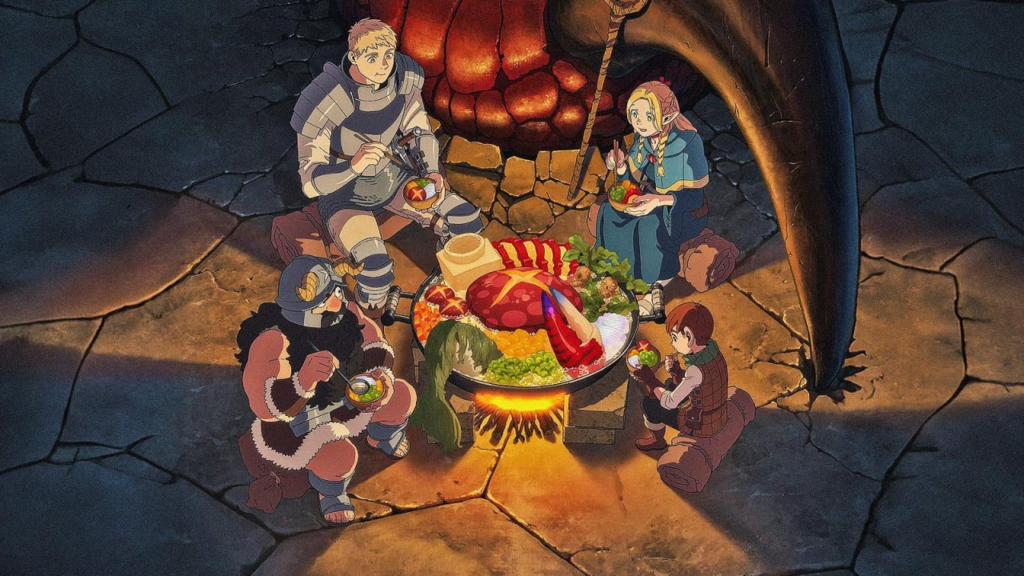“If you really look at this film, it’s 200% me in there,” Okada Mari once told Otsuka Manabu. In a separate interview with the same animation producer, Kenji Horikawa, another industry figure, described it this way: “When it comes to this film, both its ideas and themes are interwoven with elements that remind us of Okada Mari’s previous works.”
Okada Mari is a Japanese screenwriter who began her career in 1996. Two years later, she penned her first anime script for DT Eightron in 1998. From there, she stepped into the anime industry, and as of now, she’s been at it for 26 years. Invited by Kenji Horikawa, the director of P.A. Works, Okada got her chance to direct her debut animated film, Maquia: When the Promised Flower Blooms, in 2018—a project she also wrote herself. In an interview, she recalled Horikawa telling her, “I hope one day I’ll see a work that fully showcases 100% of the talent you possess.” That encouragement became the driving force behind Maquia.
Like Horikawa, Otsuka Manabu, the head of Mappa, was deeply moved after watching Maquia. He resolved to bring Okada on board to create “a world where she could unleash her creativity without restraint.” That collaboration bore fruit in 2023 when Okada teamed up with Mappa to direct her second animated film, Alice and Therese’s Illusion Factory.
It’s safe to say this work perfectly embodies Okada Mari’s creative spirit.
Themes of time, human transformation, and maternal love have become her signature creative threads. Otsuka Manabu put it aptly: “If we don’t see Maboroshi as a work brimming with 200% of her ability, it’s tough to dive into the dazzling world of her creativity and its setups that feel almost haphazardly layered.” To truly grasp the characters in this film, viewers need to connect them to the stories Okada has crafted in the past as a guide. Only then can we fully immerse ourselves in the tales and worlds she builds.
A Life Woven into Art
Okada Mari has always infused her works with autobiographical elements. She’s never shied away from admitting that the recurring themes in her stories draw inspiration from her own coming-of-age journey and personal experiences. In her 2017 memoir, From Truant to Anime Screenwriter: My Path to “Anohana” and “The Anthem of the Heart”, she opened up about her upbringing. As a young girl, she faced bullying and watched her parents’ arguments spiral into divorce—a situation that became an unintentional “prison” trapping her soul. Meanwhile, she felt physically confined in her own home, weighed down by negative thoughts. That sense of captivity gradually ignited a yearning within her to break free and reach the wondrous world beyond.
At 19, Okada Mari turned that dream into reality. She moved to Tokyo to study and kickstarted her screenwriting career. Fearless in her approach, she tackled a wide range of genres, from adult-oriented tales to stories for kids. Her big break came in 2011 with Anohana: The Flower We Saw That Day, a work that defined her style. Even now, Maboroshi carries the same distinct imprint of her storytelling from 13 years ago.
Stagnation and Closure: A Recurring Motif
The clearest example of her signature theme is stagnation paired with closure.
These two elements often go hand in hand—her protagonists, for one reason or another, shut themselves off, causing their lives to grind to a halt. Just when they think they’re doomed to linger forever in a bleak, gray existence, a chance for change streaks across their sky, restoring things to how they were meant to be.
In Anohana, the male lead becomes a recluse after losing a childhood friend, only finding the courage to face the future when that friend reappears. In The Anthem of the Heart, the heroine blames herself for her family’s collapse, cursing herself into silence until the male lead helps her break that spell. Then there’s Her Blue Sky, which follows kids trapped—physically and emotionally—in Chichibu for various reasons. Through love and the aid of a “friend,” they free themselves from the stagnation holding them captive.
With Maquia and Maboroshi, stagnation is baked right into the setting, thrusting characters into passive, challenging predicaments. In Maquia, the heroine’s clan is immortal, meaning any bonds she forms with outsiders will end in watching them die—a taboo she can’t escape. In Maboroshi, a mysterious explosion at the town’s steel factory freezes the city in time, halting physical, biological, and temporal progress. In a world where “change” equals “disappearance,” closing oneself off becomes inevitable, as forming connections inherently means inviting change.
The Duality of Motherhood
Another theme shining through Okada Mari’s work is motherhood, vividly present in both Maquia and Maboroshi.
Her portrayals of mothers in these films act like contrasting mirrors—one bright, one dark; one nurturing, one fraught. The light shines in Maquia through the titular character’s story. Though lonely and powerless, Maquia learns to raise children with love, ultimately growing into a mother herself. It’s a rare celebration of maternal greatness from Okada, showing that love holds value even when it brings the pain of parting. In contrast, Maboroshi takes a darker turn. Mutsumi, an enigmatic girl, turns out to be the mother of a child trapped in her “reality.” Her love and resentment toward her daughter swirl in a chaotic tangle of emotions. Though she eventually embraces her maternal bond, she “steals” her daughter’s first love as a farewell, pushing her to mature and step away—like a final goodbye to a departing child. This could be seen as Maboroshi’s “dark” side: a strange tale of female growth, both mother and daughter in focus.
It’s not hard to view Maquia and Maboroshi through Okada’s own lens. Mothers in her stories can be written with brightness or ferocity, sometimes with a twist, blended with what we call “love”—mirroring the complex, conflicted feelings Okada harbors toward her own mother. The world of Maboroshi feels like a landscape painted from her heart, buried beneath life’s chaos, brimming with her longing to confess to the world beyond. That’s the deeper meaning behind her claim of “200% of Okada Mari.”
To wrap up, let’s touch on some fascinating aspects of Maboroshi. It’s a story of a fictional world starkly contrasted with “reality,” a place that drains its “characters” of vitality. Some changes are permitted here, but if they veer off the path controlled by the “gods,” those gods step in to erase them, snapping everything back to its original state. “Reality” in this world is livelier, freer, and more aspirational than “fiction,” yet the story reveals that “fiction” ultimately becomes the salvation for “reality.”
Through this, we can place ourselves in the narrative and see through Okada’s perspective—stepping into a fictional realm to rediscover harmony within ourselves and find ways to confront the issues around us. At times it’s dull, at times it’s lifeless, and sometimes there’s nothing but a glimmer of brightness peeking through the heart. Yet as long as “fiction” can redeem “reality,” there will always be someone striving to keep that illusion factory running.
Some might call this a senseless work, its direction illogical, saved only by its animation. But I hope this piece sheds light on director Okada Mari and the intent behind the frames she painstakingly crafted. I had a small hand in this project myself and saw how she poured care into every sketch, from the tiniest shading to details easily overlooked—proof of the immense dedication she invested.

